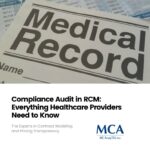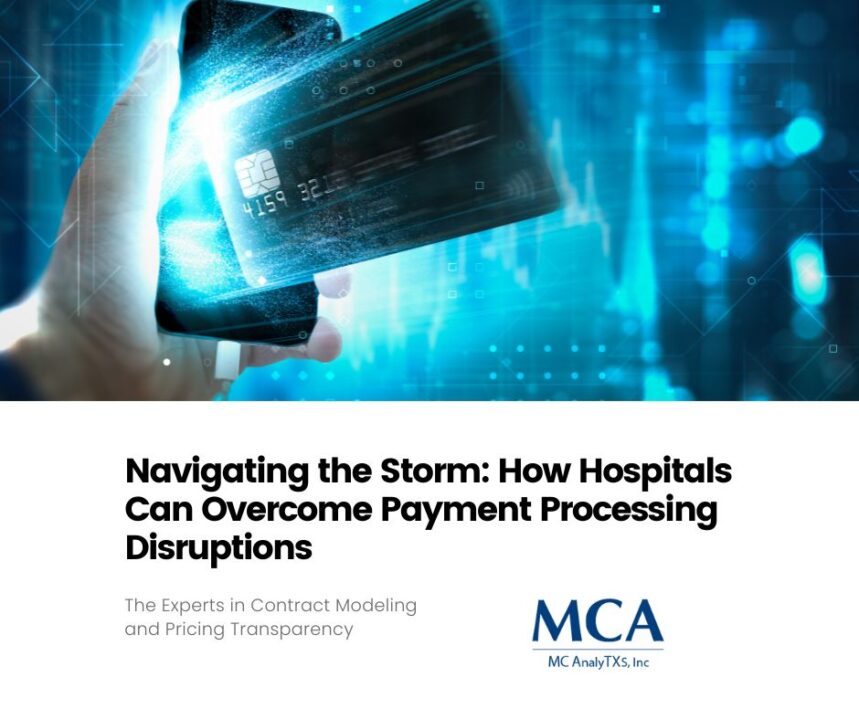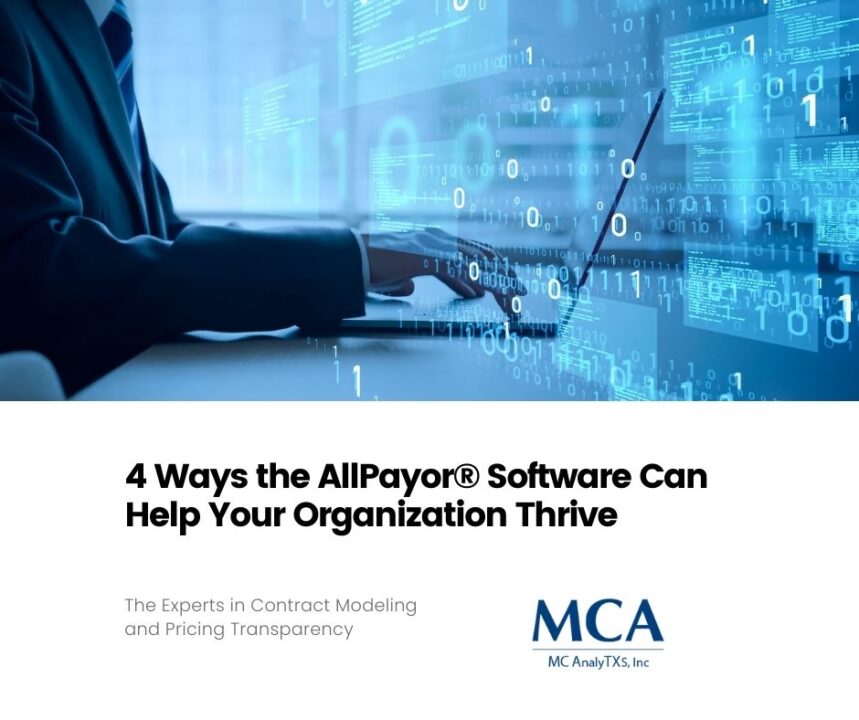
Compliance Audit in RCM: Everything Healthcare Providers Need to Know
May 2, 2024
4 Ways the AllPayor® Software Can Help Your Organization Thrive
May 9, 2024In the complex world of healthcare revenue cycle management (RCM), setting the right price for patient services is more than a financial decision—it’s a strategic move that impacts hospital revenue, patient satisfaction, and overall healthcare efficacy. With an increasing focus on transparency and patient-centered care, healthcare providers are navigating a challenging landscape of patient pricing. This post aims to unravel the intricacies of patient pricing in healthcare RCM, exploring its significance, the technology shaping it, and sharing best practices for effective implementation.
Understanding Patient Pricing in Healthcare RCM
Patient pricing is the process of assigning costs to healthcare services, which directly influences a healthcare facility’s revenue and a patient’s decision to seek care. Beyond numbers, patient pricing embodies the value proposition of healthcare services, setting the stage for how patients perceive the quality and accessibility of care they receive. Effective patient pricing strategies are crucial for maintaining a balance between competitive pricing, operational costs, and quality patient care.
The impact of well-structured patient pricing strategies extends to enhancing hospital revenue through better cash flow and reducing billing disputes. Additionally, transparent pricing promotes patient satisfaction by mitigating unexpected expenses, thereby fostering trust and loyalty towards the healthcare provider.
The Role of Technology in Patient Pricing
In an era where information is power, technology plays a pivotal role in shaping patient pricing methodologies. Advanced RCM systems and analytical tools offer healthcare providers the capability to analyze vast amounts of data for informed decision-making. From predictive analytics to machine learning algorithms, technology facilitates the creation of dynamic pricing models that consider patient demographics, service demand, and historical data.
These technological tools not only streamline the pricing process but also improve financial communication with patients, offering them detailed breakdowns of their care costs and payment options well in advance.
Best Practices for Patient Pricing
Implementing transparent and equitable patient pricing policies begins with understanding the cost of delivering healthcare services and the market dynamics. Here are some practices worth considering:
- Transparency: Communicate costs to patients upfront to build trust and reduce billing surprises.
- Consistency: Apply consistent pricing methodologies across similar services to ensure fairness.
- Flexibility: Offer flexible payment plans for high-cost procedures to alleviate financial pressure on patients.
- Education: Provide patients with resources to understand their payment options and the factors influencing healthcare costs.
Case studies from leading healthcare institutions demonstrate the effectiveness of these best practices in improving patient engagement and financial outcomes.
Regulatory and Ethical Considerations
Navigating the regulatory landscape of healthcare pricing demands a thorough understanding of laws and guidelines at both federal and state levels. Regulations like the Affordable Care Act (ACA) and the Hospital Price Transparency Rule mandate specific disclosures to promote price transparency.
Ethically, healthcare providers are challenged to balance profitability with the moral obligation to make healthcare accessible and affordable. This ethical consideration underpins the necessity for fair patient pricing practices that prioritize patients’ well-being alongside financial sustainability.
Future Trends in Patient Pricing and RCM
The evolution of patient pricing and RCM is likely to be influenced by technological advancements, regulatory changes, and shifts in patient expectations. Predictive modeling, AI, and blockchain are some of the technologies poised to redefine RCM, offering more personalized and accurate pricing.
Healthcare leaders must stay attuned to these trends, adopting agile strategies that can quickly adapt to the changing healthcare landscape. By doing so, they can ensure that their institutions remain competitive, patient-centric, and financially robust.
Conclusion
In conclusion, effective patient pricing is a linchpin in the success of healthcare RCM. It involves a strategic blend of analytical prowess, technological support, ethical practice, and regulatory compliance. Healthcare administrators are called to evaluate and refine their patient pricing strategies to align with the evolving dynamics of healthcare delivery and financing.
The importance of patient pricing in ensuring the financial vitality of healthcare institutions cannot be overstated. By fostering transparent, fair, and understandable pricing models, healthcare providers can enhance patient trust, satisfaction, and access to necessary care—paving the way for a more sustainable, equitable healthcare system.
Adopting the discussed practices, leveraging technology, and staying current with industry trends will arm healthcare leaders with the necessary tools to master patient pricing in today’s complex healthcare environment.





